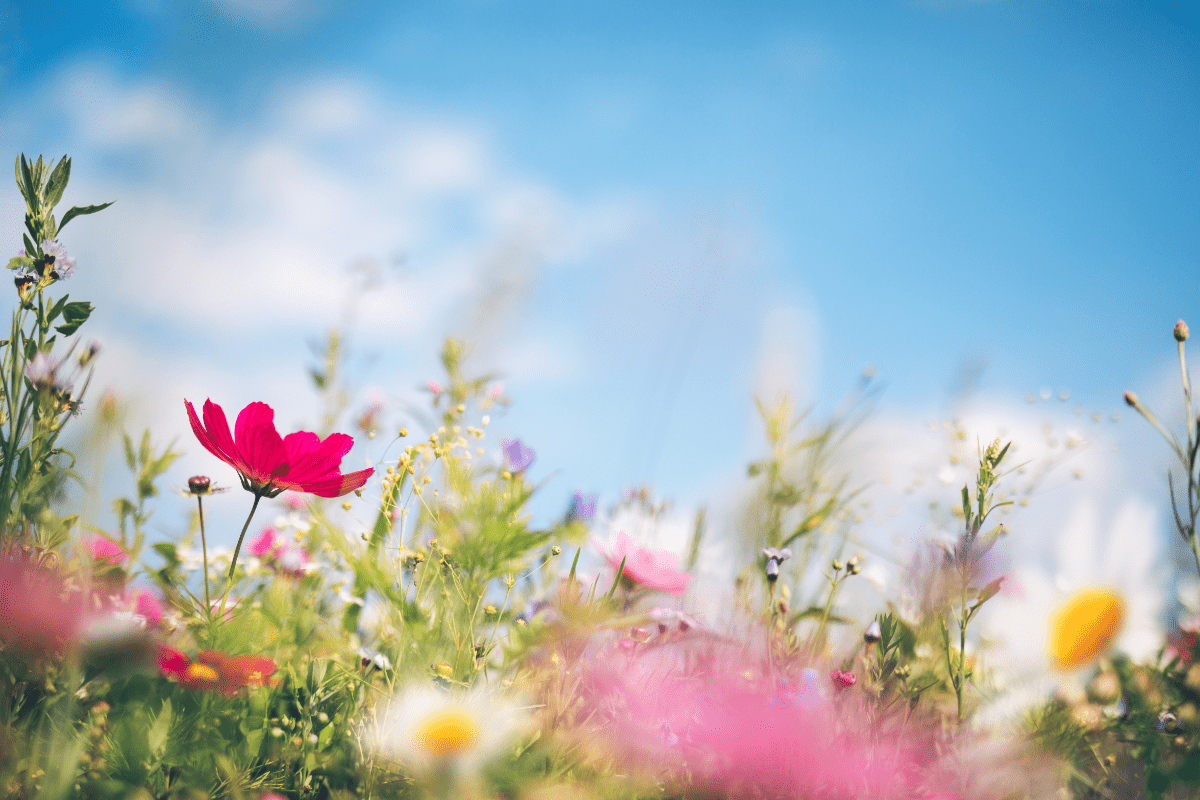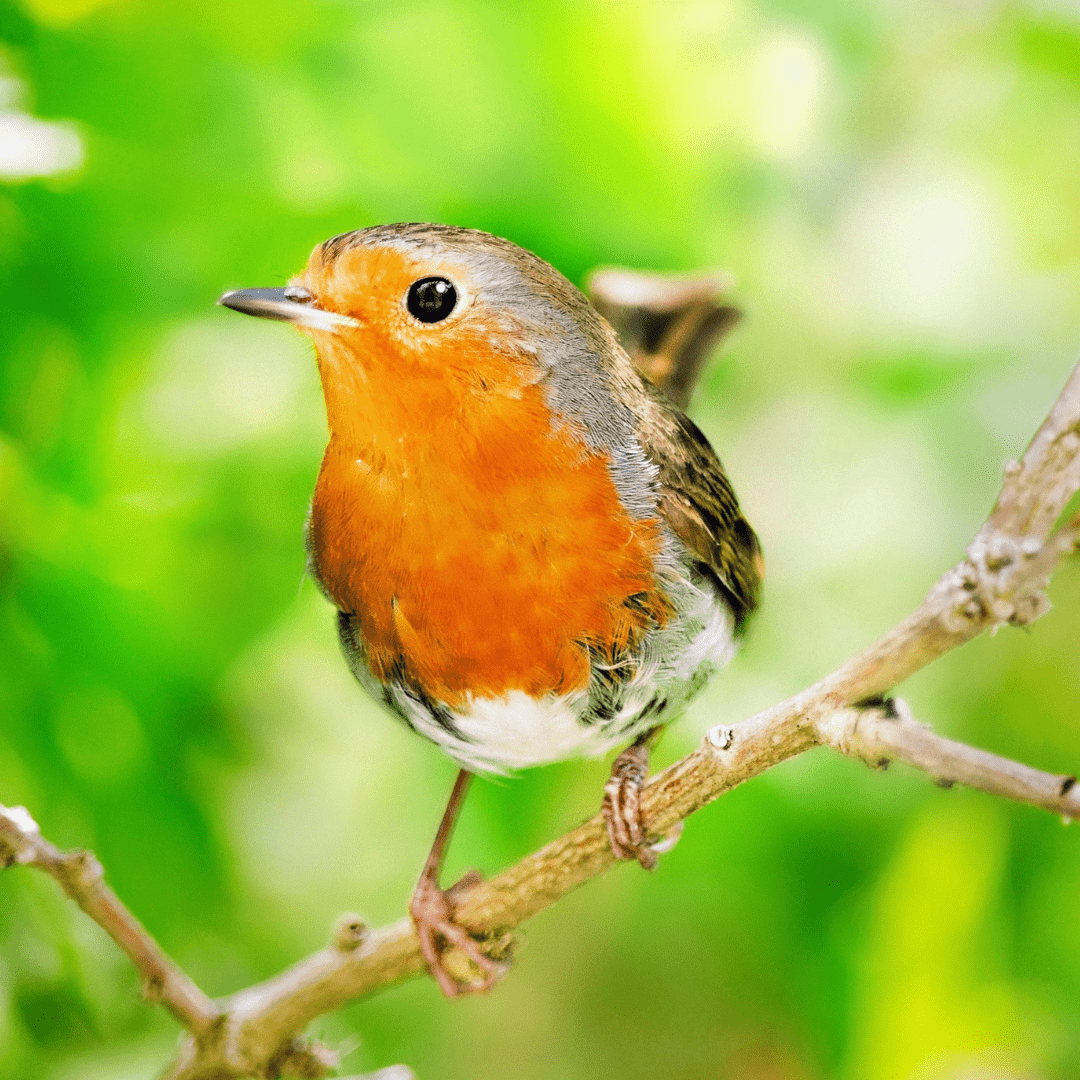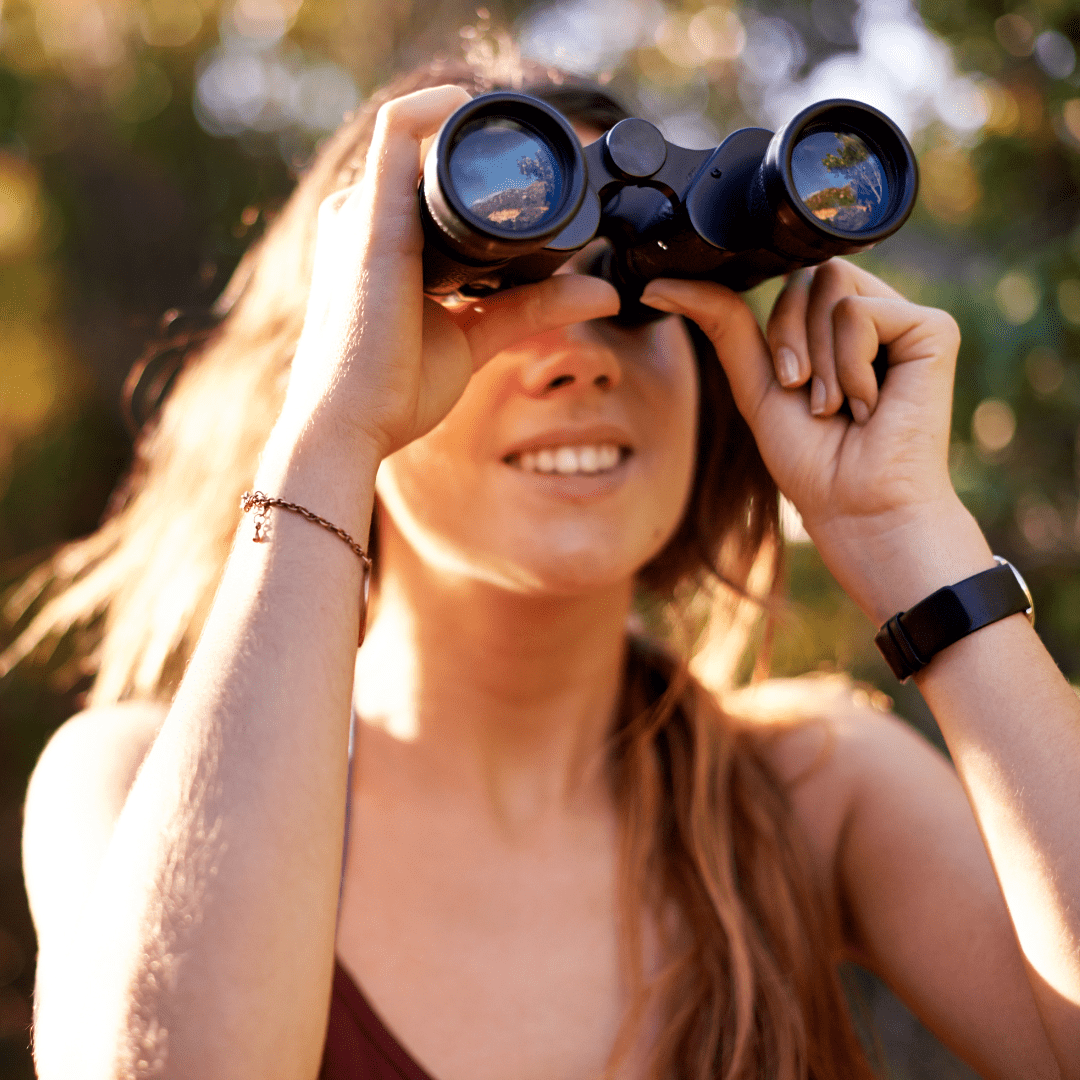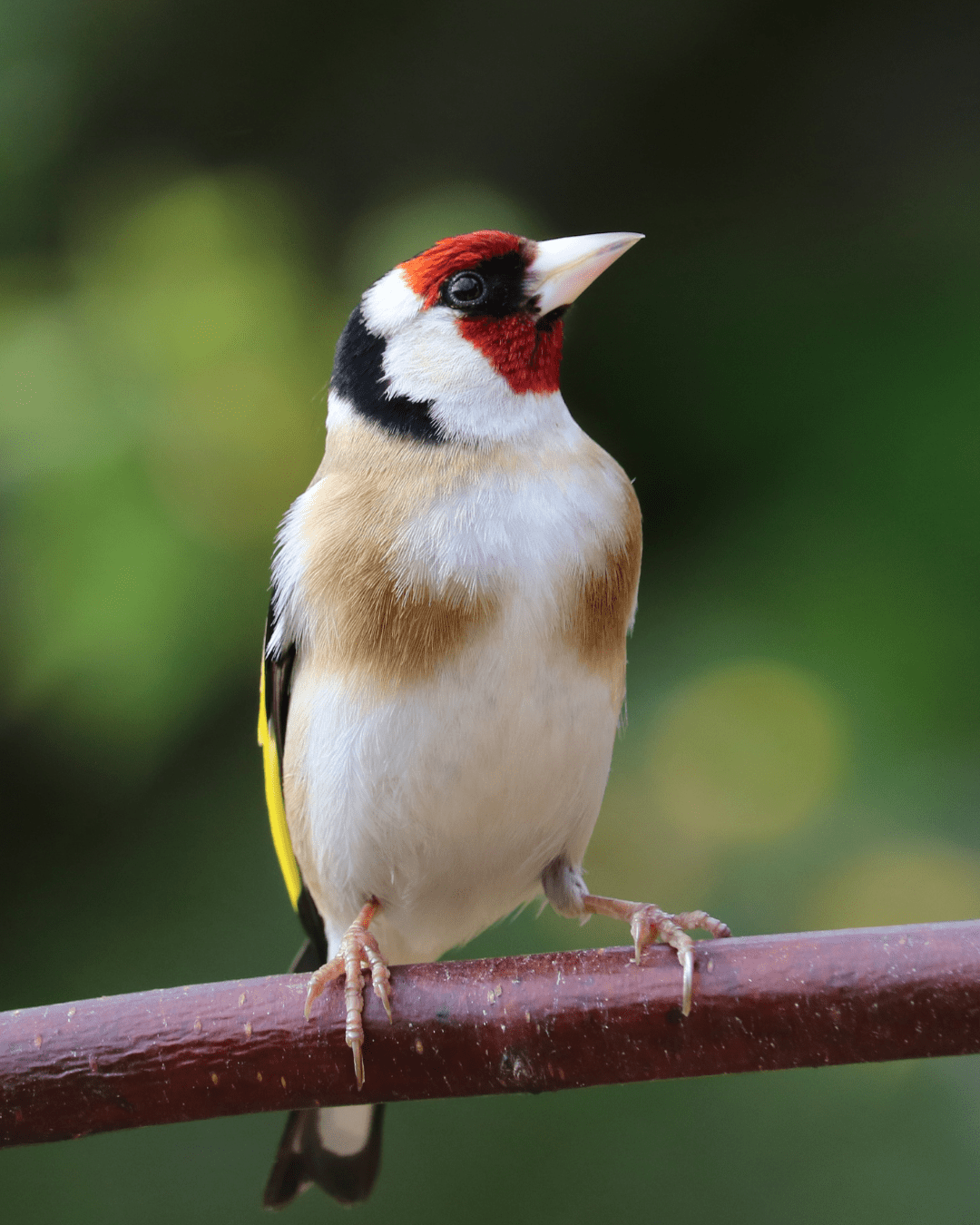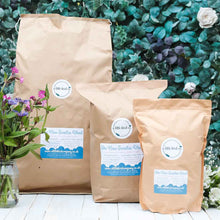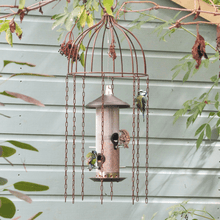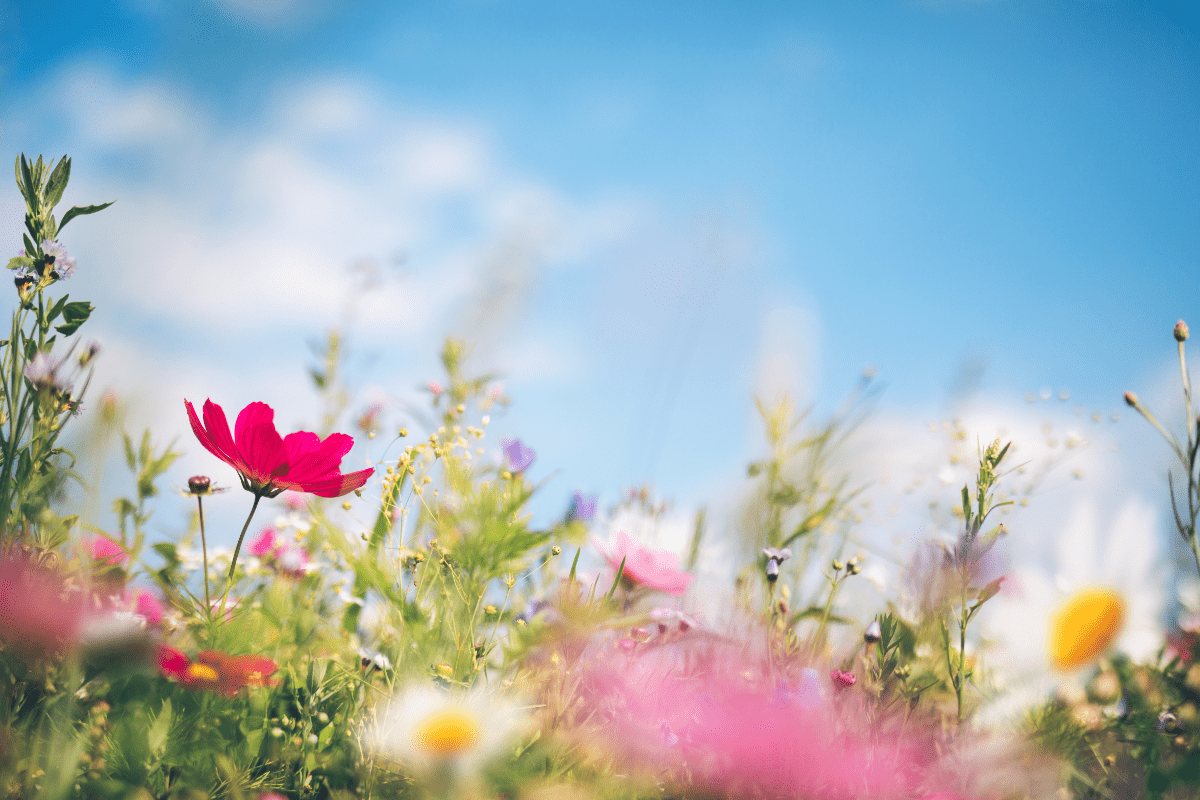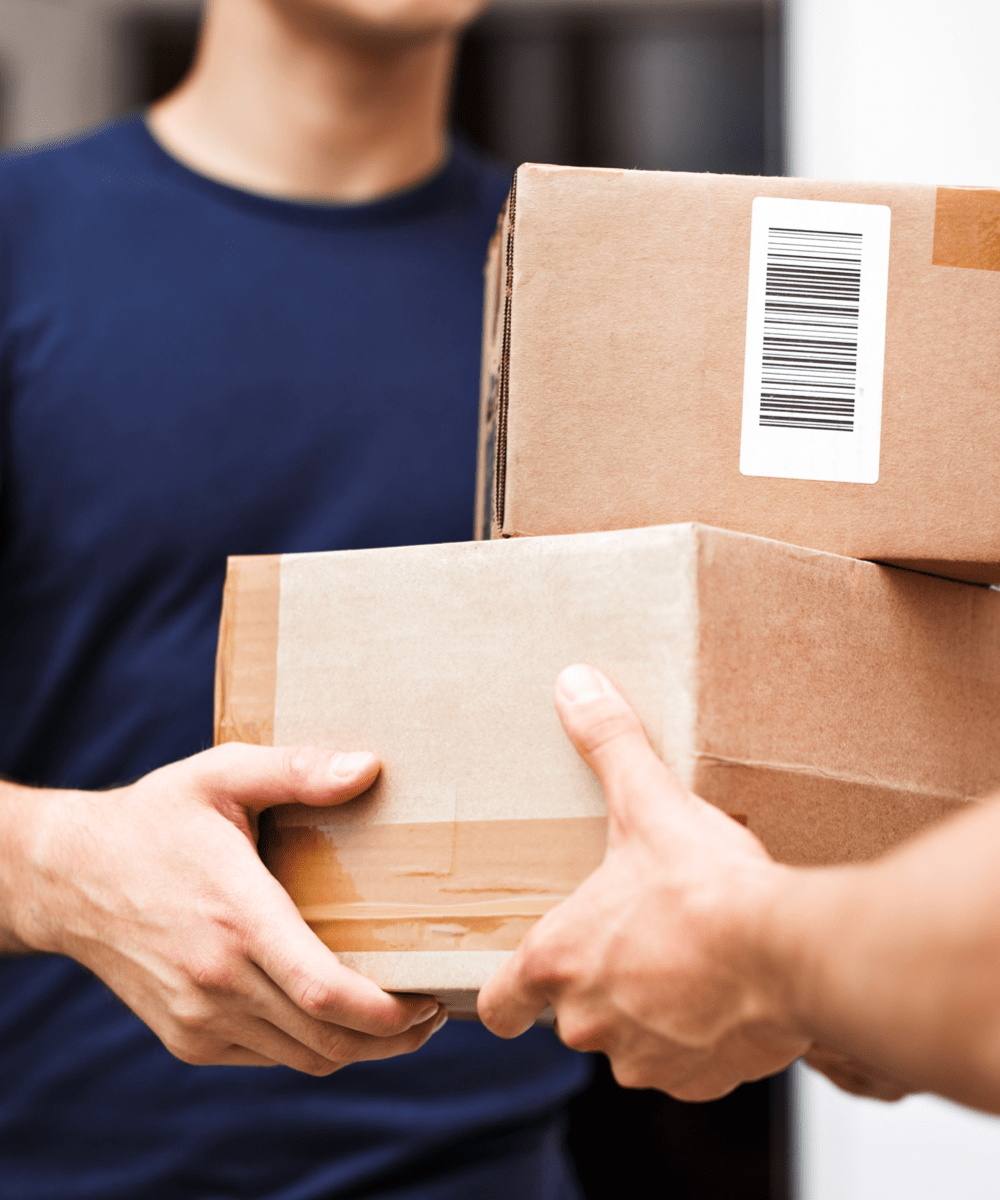The Birds in the Garden
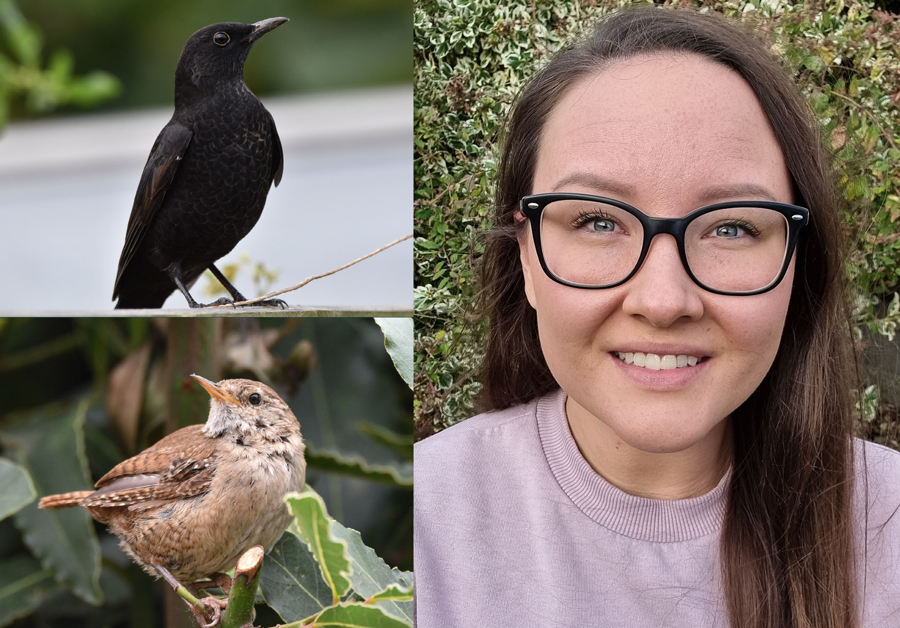
This month I wanted to chat with April Mayne about the beautiful birds she photographs in her garden. April started feeding the birds a few years ago, and it has turned into a real passion for her. She is now a well-respected amateur wildlife photographer involved with wildlife conservation and bird ringing, all documented via her popular Instagram account @thebirdsinthegarden. We chatted about how April’s passion for birds and wildlife developed.
How did you start feeding the birds?
I grew up feeding the ducks at the local parks but never in the garden. It was only really a couple of years ago now that I started putting out bird food. I can’t remember the pivotal moment, I just remember one day there I was buying a bird feeder and a bucket of mixed seed and then hanging it on the washing line in front of the kitchen window.
I’ve always rented properties and I couldn’t have a pet. I did have a childhood pet, a cat who would sadly bring home birds (we went through so many belled collars but he was a master of removal) so we didn’t encourage the birds to our garden. Having a garden that wasn’t governed by my parents (or a cat) opened a new door for me.
Feeding wildlife was the closest I was going to get to having a pet, and I guess it gives me a sense of purpose too. I once had a robin that would pop up when I came outside and shook the tub of mealworms and I can’t explain how much happiness that brought - having my own little bond with a little wild bird. It feels like a special relationship and makes me happy.
Did the birds visit straight away?
Pretty much yes, I remember being wildly amazed (and somewhat smug) that they found the food so quickly and by the sheer volume of them that visited straight away. It was also a bit of luck that my garden was surrounded by other gardens with a variety of trees and bushes which made great breeding spots for some species. I lived in a terraced house and a neighbour also had feeders out, which definitely helped the birds find my garden more quickly. But as I say to everyone who’s starting out, the birds will eventually find the food!
I had one feeder on the washing line and started taking videos to post on my personal Instagram story and that spiralled into an unravelling of my passion for wildlife, taking up wildlife photography as a hobby and creating my dedicated Instagram account to document it all! I’ve since become involved in bird ringing and I’m hoping to get into some wildlife surveying next year. I’ve met so many great wildlife advocates and like-minded people online and in person too and enjoy collaborating with other people to further expand our reach and teach and inspire others. I’ve had some amazing opportunities to work on projects with people who are already or are going to make an incredible impact in the world of conservation and have been continually inspired by everyone I interact with.
Which birds most often visit your garden, and which would you most love to see?
I currently have a hoard of house sparrows and starlings that visit daily and a little charm of goldfinch. A few blue tits, great tits, collared doves, feral pigeon, woodpigeon and a robin are some other regulars. I have had some winter migrants like redwing and brambling in the garden in the past which makes for a lovely surprise. I occasionally see a sparrowhawk and they’re my ultimate UK species. I’m infatuated with them, they look ridiculous with their big eyes and stick legs but they’re amazing aerodynamically. My wish list birds are pretty unrealistic but I’d probably pass out if a white-tailed eagle landed in the garden. I’d love to see any bird of prey, and an owl would be incredible. More realistically I’d really love long-tailed tits to be garden regulars, I’ve only seen them in the garden a couple of times.
Do you go bird watching locally?
Yes! I’m pretty rubbish at bird watching as I usually plod about on my own and get distracted by everything else nature related but being out and about no matter what I see, I’m happy. I have some lovely local patches that bring in some rarities on occasion. The southeast coast is fab for waders, seabirds and migrants whether they’re seasonal visitors or just passing through between breeding and wintering grounds. This year I visited Bempton Cliffs, Sherwood Forest, Spurn and the Isle of Mull. When I think about it I’ve actually seen some incredible wildlife this year alone. I have a list of places to visit in the UK and this year’s trips haven’t even made a dent, it’s amazing how much there is to see without having to travel abroad.
Tell us about your work as a bird ringer.
I had never heard of bird ringing until I saw someone I follow on Instagram post about it. Luckily for me, there were lots of local bird ringing spots, and my current trainer was looking for a trainee. I attended one session to truly see what it was all about before signing straight up! I’m sure my group will whole-heartedly agree it was just meant to be. I wanted to get involved in doing something that would help conservation efforts and this just fit into my life perfectly. I’d recommend it to anyone interested but it is a big commitment. It’s a licensed activity and involves being up long before dawn. There is a lot of information on data collection from birds to learn so you need to be able to commit to ringing regularly.
What advice would you give to someone who is just starting out?
Keep it simple. Don’t buy cheap plastic feeders, invest in something that is going to last and is pest proof. Start with one with feeder using food that many different species of birds will like and build from there. Put feeders close to cover where you can and don’t leave food out longer than a couple of days. Provide water too and MOST importantly to help avoid spread of disease clean them with a gentle cleaner regularly (I do mine weekly). Also, look into planting natural food sources like blackthorn or hawthorn. So many birds love the berries including winter migrants like redwing and fieldfare. Some plants will benefit more than just the birds - teasel is good for pollinators and goldfinch like the seeds.
Why do you think we should all be feeding the birds?
I think feeding birds can bring a joy that I don’t think people realise they could feel from such a simple activity. Nor do many realise just how diverse their garden or local wildlife spaces are when it comes to the variety of species we have in the UK. Of course, it’s also helpful during periods of harsher weather like in winter where natural food sources are scarce to support them.
To get involved with bird ringing in your local area, visit the BTO website, and see more of April’s beautiful photos on Instagram @thebirdsinthegarden.


